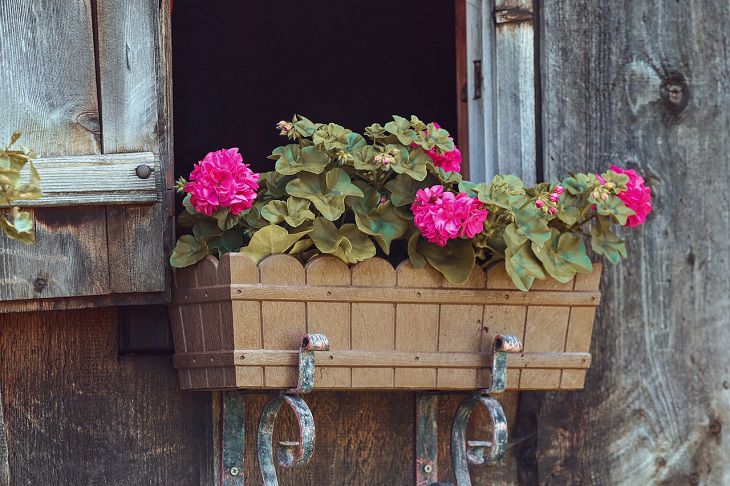If you don't have an opportunity to take care of a huge garden, then you can always try to create a tiny version of it on your balcony or your roof!
Small gardens are easier to take care of, but they can be quite beneficial at the same time.
Here are a few tips on how to do that.
Evaluate Space and Sunlight
Assess the available space on your balcony and determine how much sunlight it receives throughout the day.
Most edible plants require at least 6 hours of direct sunlight, so choose crops that thrive in these conditions.

Choose Organic Seeds or Seedlings
Purchase organic seeds or seedlings from a reputable source. Select vegetables, herbs, or fruits that are well-suited for container gardening.
Consider factors like compact growth, dwarf varieties, or trailing plants that maximize space.
Prepare Quality Soil
Use organic potting soil or create your own mix by combining compost, peat moss, and perlite.
This provides essential nutrients, good drainage, and promotes healthy plant growth. Avoid using chemical fertilizers or pesticides.
Implement Watering Strategies
Develop a watering routine based on your plant's needs. Balcony gardens may dry out faster than traditional gardens, so monitor soil moisture regularly.
Water deeply but avoid overwatering to prevent root rot. Consider installing a drip irrigation system for efficient water usage.
Practice Companion Planting
Utilize companion planting techniques to optimize space and enhance plant growth.
Pair compatible plants together, such as planting basil with tomatoes or marigolds with vegetables, to deter pests and improve pollination.
Integrate Natural Pest Control
Embrace organic pest control methods to protect your plants naturally.
Encourage beneficial insects like ladybugs and lacewings, use barriers like netting or row covers, and employ homemade remedies like neem oil or soap sprays to manage pests.









